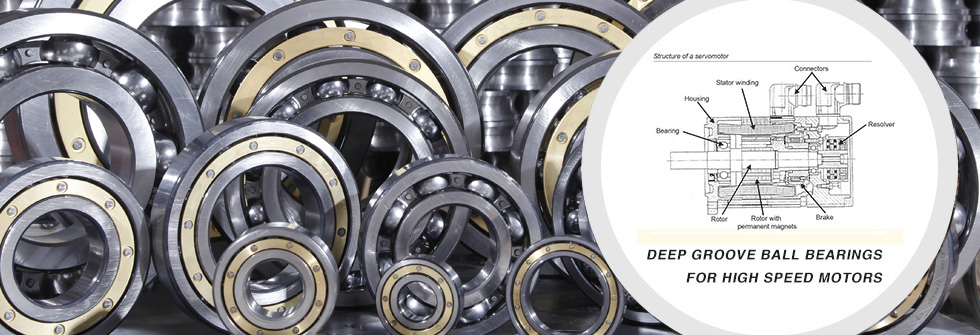Discharge Current Causing Motor Bearing Failure
2016-07-16Many people are experiencing premature motor bearing failure on approximately 20 percent of HVAC motors that are controlled by VFDs. We have recorded high shaft voltages (with an oscilloscope). We are presently evaluating the following three solutions:
1. Replace the motor bearings with insulated (ceramic) bearings.
2. Replace the motor bearings with new ones and provide an external shaft-grounding device.
3. Replace the motor bearings with new ones and provide an internal shaft-grounding device.
Option 1: Replace the motor bearings with insulated (ceramic) bearings.
Using of insulated motor bearings will prevent premature motor bearing failure caused by discharge current flow since they will actually stop the flow of discharge current. Their life expectancy far exceeds any of the shaft-grounding devices; therefore, they are infrequently replaced and require minimal maintenance. However, there appears to be a personnel safety issue to consider when using insulated bearings. Since the insulated bearing motor has no shaft-connected equipment, anyone touching the rotating shaft may be exposed to a mild shock. Also, due to their extremely high cost, insulated bearings do not appear to be used widespread throughout the industry for this type of application.
Option 2: Replace the motor bearings with new ones and provide an external shaft-grounding device.
This option requires that there be a minimum of four inches to install the device at the end of the motor and seven inches to maintain it. The endbell*(or end bell?) cover will have to be removed in order to drill and tap the shaft. Through field observations, it does not appear that all units have the necessary clearances. Also, when someone goes back to attempt to remove or make adjustments to the external shaft-grounding device, they will have little or no space to work. We are also concerned that the shavings from drilling the shaft may not be thoroughly removed, thus allowing possible damage to the motor. If these devices are installed in the field by a mechanic who may not be experienced with this type of installation, achieving the proper alignment may become an issue. This option appears to be very cost effective.
Option 3: Replace the motor bearings with new ones and provide an internal shaft-grounding device.
It appears that the most common way of eliminating discharge current is shaft grounding. This option allows the device to be internal to the motor; therefore, no additional clearances are required and safety should not be a factor. Also, only minor drilling of the motor endcap (while disconnected from the motor) should take place. Damage to components during normal operation and maintenance should be minor since no external devices are being required. The cost of this option should be comparable to the external grounding device cost.
Linqing Nine Star Bearing Science & Technology Co., Ltd
( Insulated bearing, Hybrid ceramic bearing and Brass cage DGBB)
Follow us via E-mail info@jxkjzc.com; Website www.ninestarbearing.com











